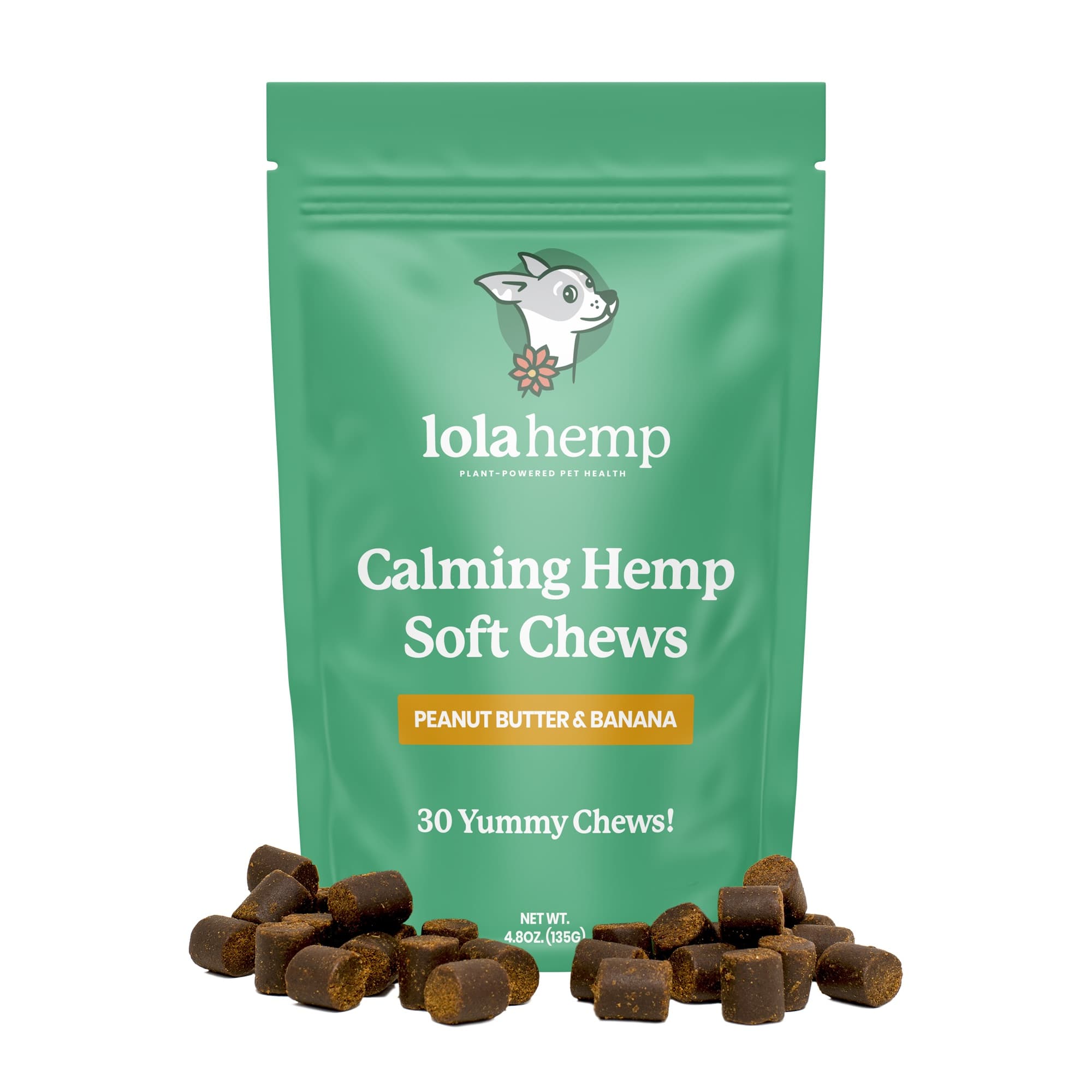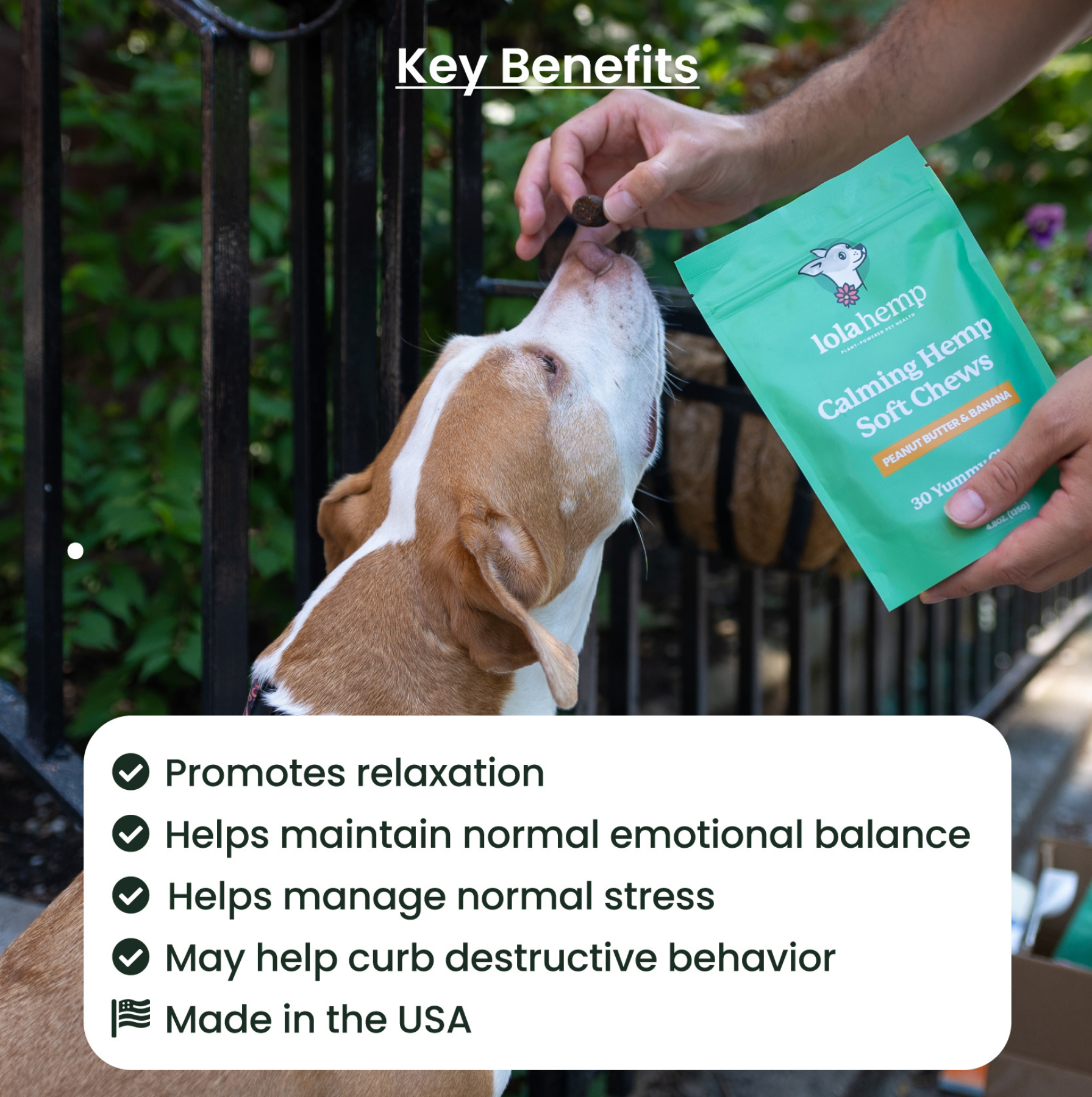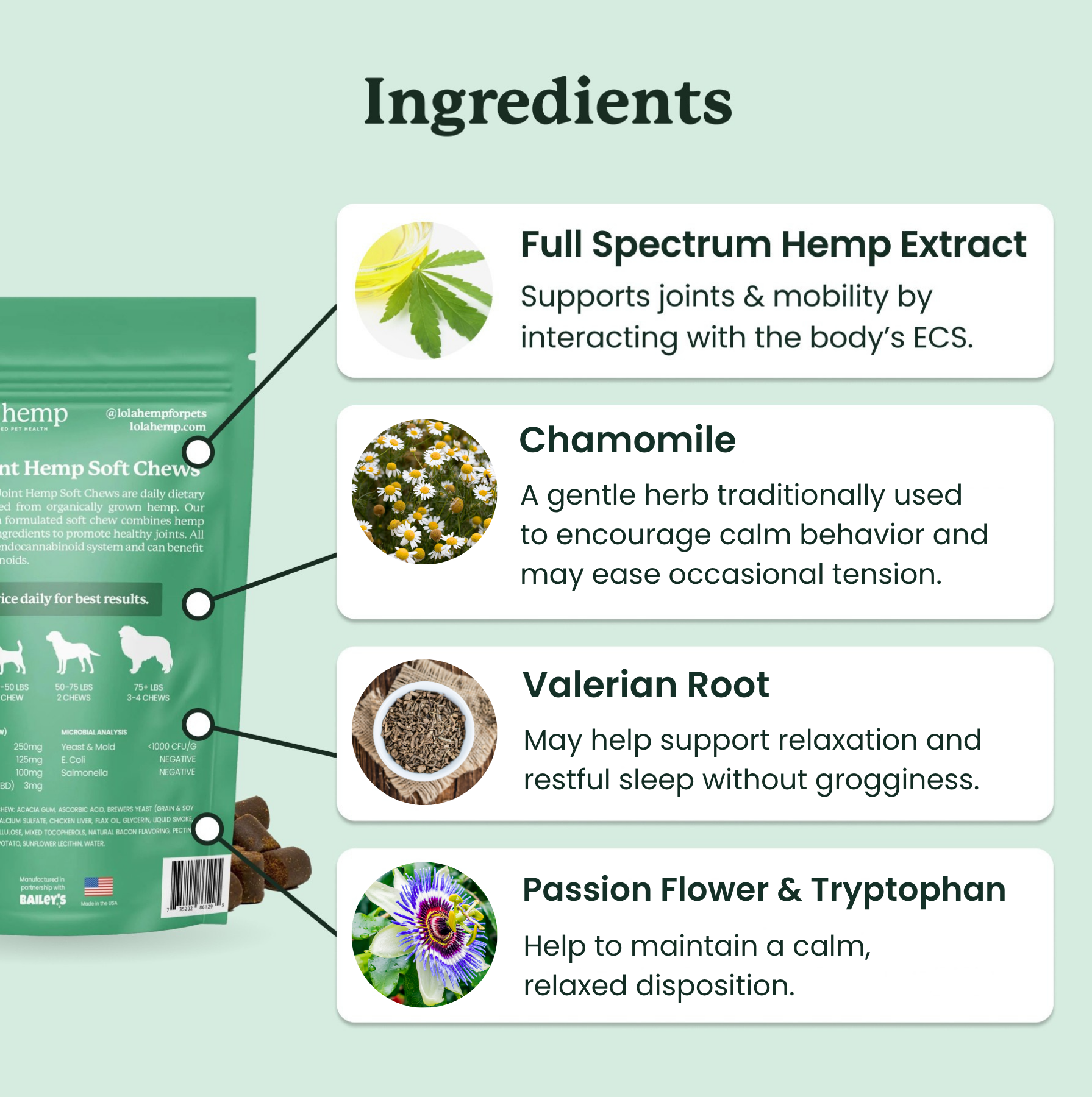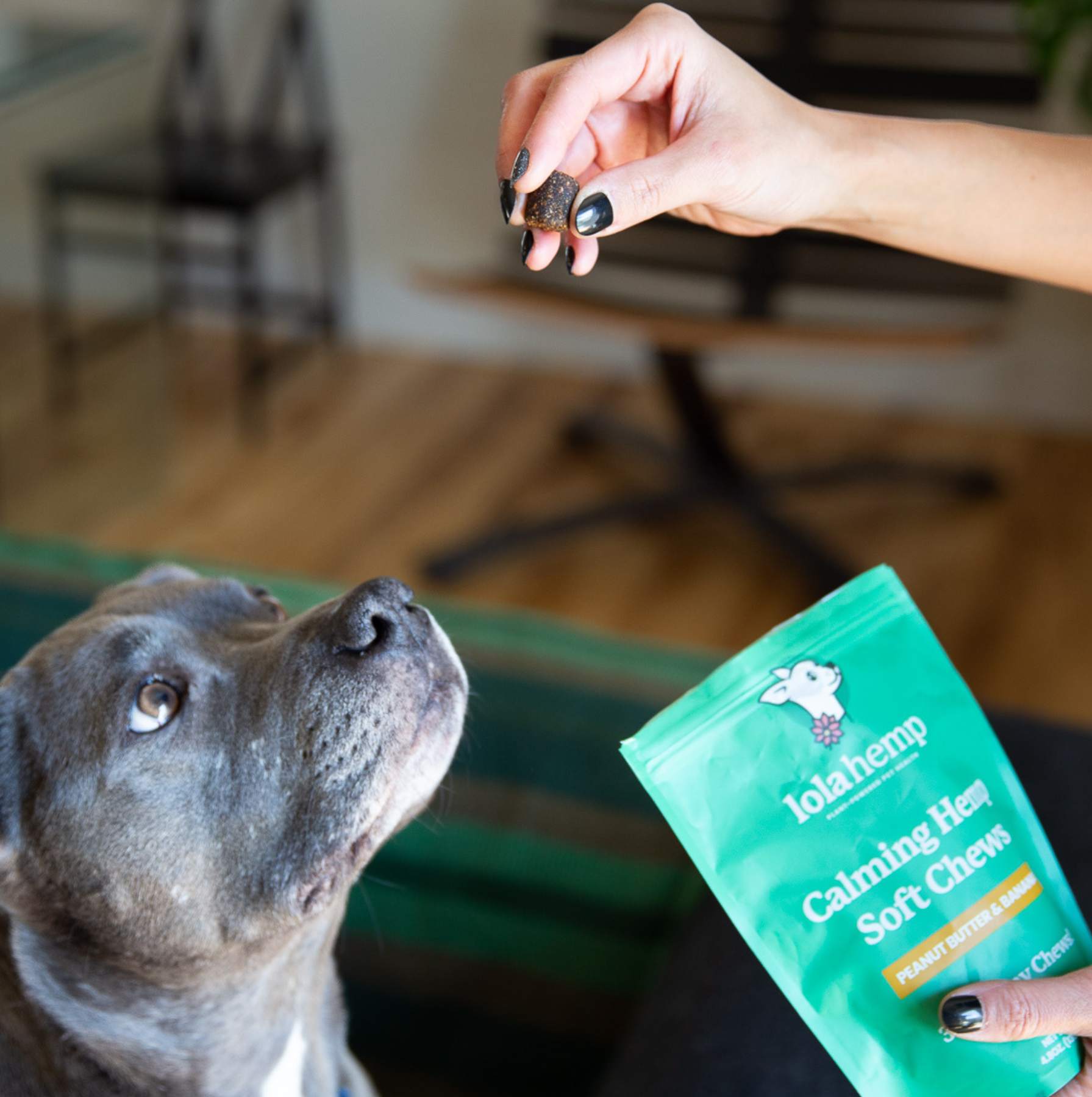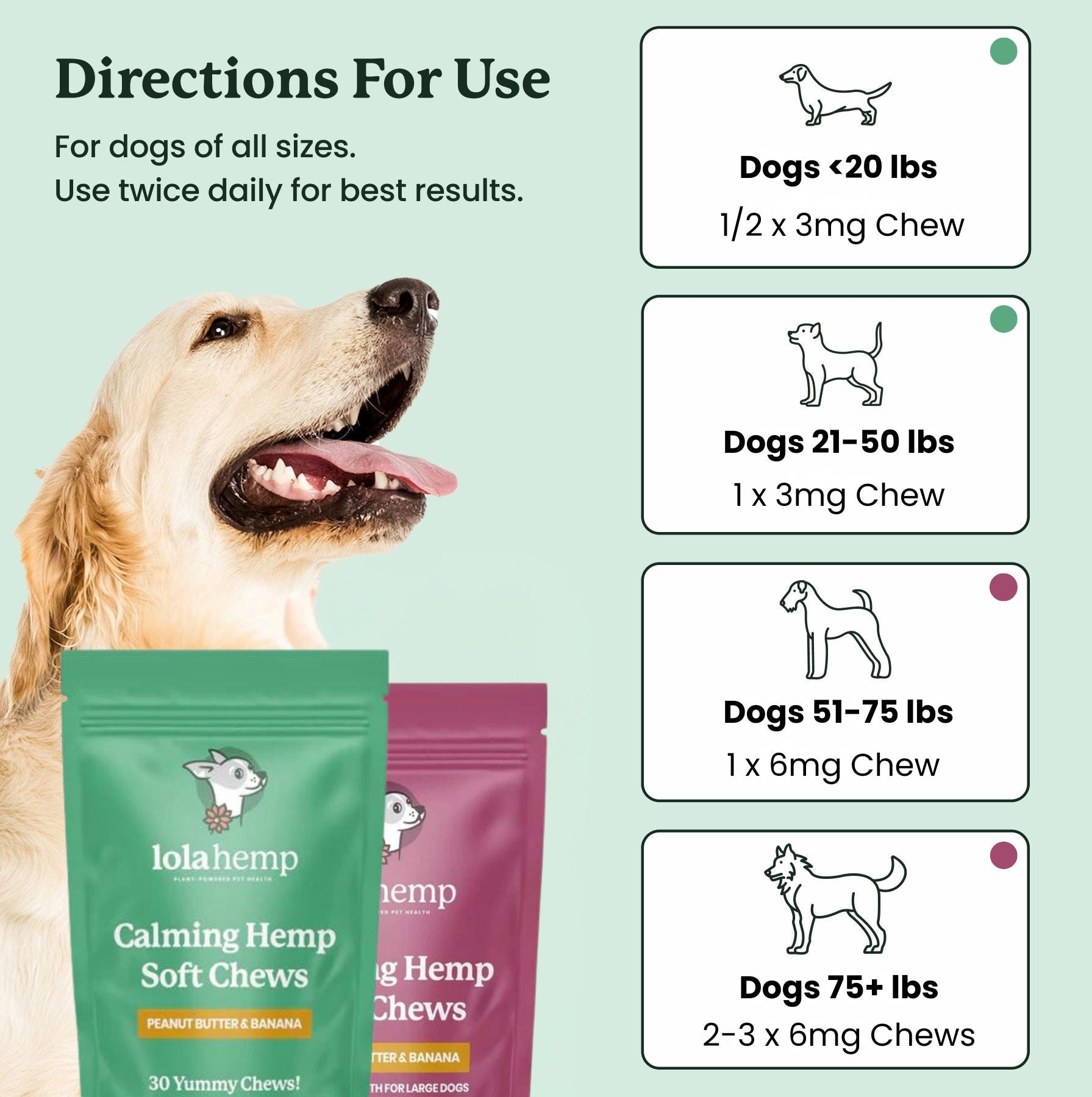The Belgian Laekenois is a dog you don’t often see, and that’s part of what makes them so captivating. This medium-sized herding breed has a strong, athletic build, a distinctive wiry coat, and a temperament that’s equal parts independent and intelligent.
Unlike the Belgian Malinois, which can be very high energy and difficult for novice dog owners to train, Laekenois have historically been used for guarding flocks and property, which requires a cool and even-headed demeanor.
Let's learn everything there is to know about the Belgian Laekenois, from its history to its roles and health concerns.
Breed History and Unique Origins
While they’re closely related to the other Belgian Shepherds—the Malinois, Tervuren, and Groenendael—the Laekenois stands apart thanks to a coat that’s lighter, whispier, and more adapted to wet, high-altitude conditions.
The breed was originally used to guard linen drying fields in Belgium, and its unique coat offered the versatility needed to thrive in damp lowlands, which are relatively cool and often contain fog and other precipitation. These dogs are versatile, and have been utilized in a variety of roles due to their intelligence and willingness to learn.

Belgian Laekenois Temperament and Personality
What’s especially interesting is the Laekenois’ temperament. While the Belgian Malinois is known for its intensity and drive, the Laekenois tends to be slightly more agreeable and easier to manage in the right hands.
These are not beginner dogs, but the Laekenois is more manageable for most dog owners. Like most sheepdogs, they’re highly protective and intelligent, which means they also need substantial daily exercise and mental engagement to stay happy.
That said, the same is true for most dogs. So, if you're a relatively active person, you may be a good fit if you're ready to spend some time and energy with an attentive and active dog like the Belgian Laekenois.
Physical Characteristics
Physically, they sit right around 23 inches at the shoulder and average about 60 pounds. Their coats are usually red fawn or gray, and they typically live about 10 to 12 years.
Though they’re not hypoallergenic, their wiry coat doesn’t shed as much as you might expect. When you see one, you might think you’re looking at a German Shepherd crossed with a Poodle—the build is all Shepherd, but the coat gives off a shaggy, almost whimsical air.
Training a Belgian Laekenois: What to Expect
Training a Laekenois is a long-term project. These dogs come out of the gate with energy to spare, and without a strong sense of direction, they’ll find ways to entertain themselves.
This means that puppyhood can be chaotic if you’re not prepared. They’re sensitive to criticism and harsh correction, so they respond best to confident, consistent training that leans on encouragement over discipline, especially negative reinforcement.
Training tends to level out a bit around the 2–3 year mark, but don’t expect them to mellow into couch potatoes.
Laekenois dogs need a few solid hours of mental and physical engagement each day. Without it, you’ll likely start to see problem behaviors or signs of frustration.
Belgian Laekenois Grooming and Coat Care
Grooming, fortunately, isn’t too difficult once you know what to expect. A weekly brushing is enough to keep their coat in check, and occasional baths will help manage natural oils and odor.
Their wiry coat doesn’t hold onto debris the same way a longer, silkier coat might, but it can mat if neglected. Be sure to brush their teeth a few times a week, trim their nails monthly.
Recap:
- Weekly brushing
- Semi-monthly baths
- Monthly nail trimming
Health Concerns and Preventative Care
Belgian Laekenois are relatively healthy dogs, so their health concerns are similar to most other dogs. There's nothing that explicitly stands out as an issue with these dogs, apart from the classic issues that many dogs face. Here are a couple of key things to watch out for:
- Hip & Joint Support: Early supplementation with glucosamine, MSM, or green-lipped mussel can go a long way in maintaining joint mobility—especially with a dog that moves as much as the Laekenois does.
- Dental Care: Brush regularly and consider adding dental chews or a vet-approved rinse to help manage plaque buildup and reduce the risk of gum disease.
Is the Belgian Laekenois the Right Dog for You?
The Belgian Laekenois is an incredible dog—but only in the right home. If you’re ready for the energy, the work, and the daily investment of time and love, the Laekenois can become a fiercely loyal companion.
If you’re still figuring out your dog-owning style or looking for a more low-maintenance breed, it’s probably best to wait. These dogs deserve someone who’s all in.
If you do take the leap, though, there’s truly something special waiting for you!

